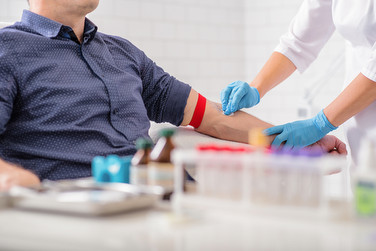You'll receive the latest updates on new standards, guidelines, and educational resources, as well as expert insights to help enhance your laboratory's performance and compliance.
Patient Safety Through Process Management

The Joint Commission’s 2019 National Patient Safety Goals for laboratory services is a patient safety guideline that sets goals the laboratory must achieve to satisfy accreditation requirements. The three goals are1:
Improve the accuracy of patient identification. This includes:
- Using at least two patient identifiers when administering blood or blood components, when collecting samples, and while performing other procedures.
- Labeling containers used for blood and other specimens in the presence of the patient.
Improve the effectiveness of communication among caregivers. This includes:
- Reporting critical results of tests in a timely manner by collaborating with organizational leaders to help develop written procedures for results reporting, implementing the procedures, and evaluating the timeliness of results reporting.
Reduce the risk of health care–associated infections. This includes:
- Following either the World Health Organization (WHO) or Centers for Disease Control (CDC) guidelines for hand hygiene, setting goals for improving compliance with guidelines, and improving compliance with hand hygiene goals.
Laboratories searching for solutions for patient safety can consult CLSI’s QMS18—Process Management, 1st edition. The document describes published regulatory and accreditation requirements for management of laboratory processes. This document provides guidance, with explanations and examples, for meeting the process management requirements as they apply to preexamination, examination, and postexamination laboratory processes.
Reference:
The Joint Commission. National Patient Safety Goals Effective January 2019. Laboratory Accreditation Program. https://www.jointcommission.org/lab_2017_npsgs/.